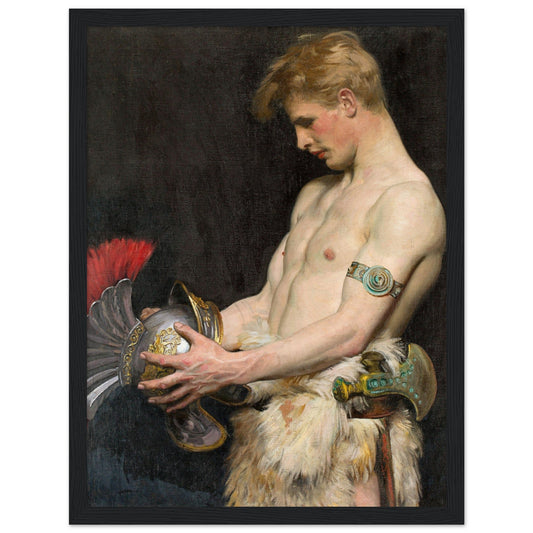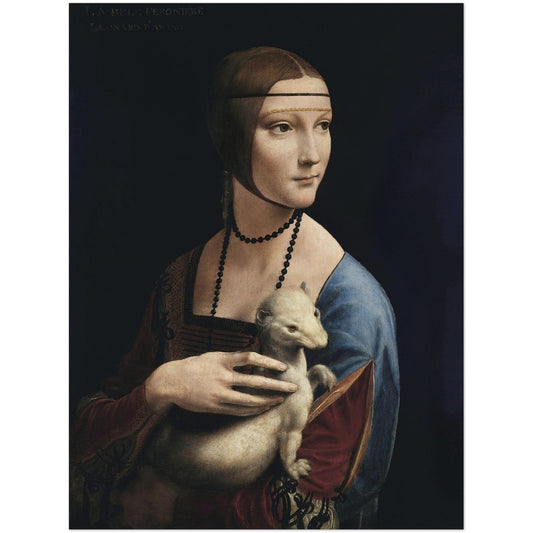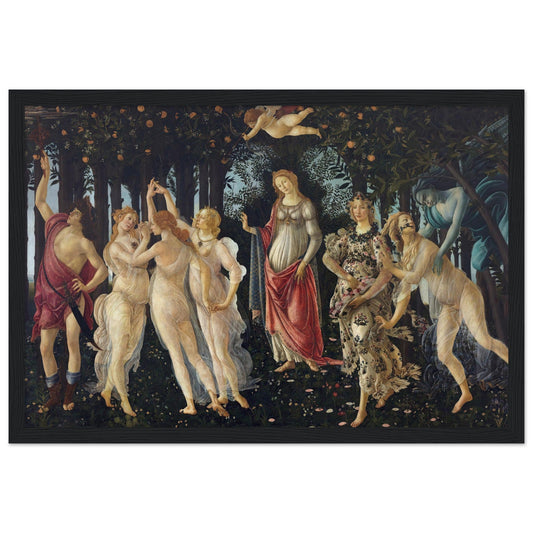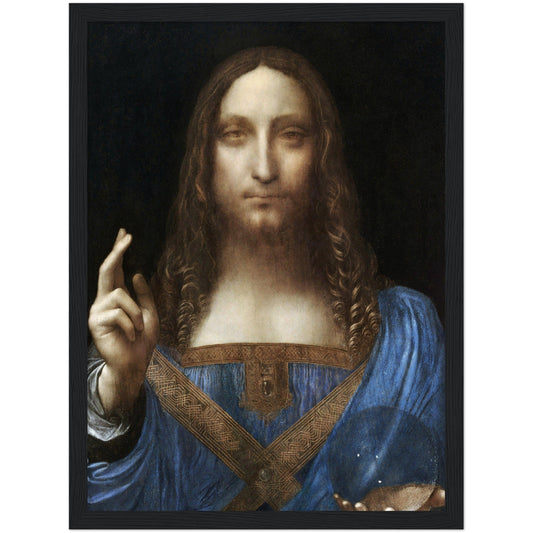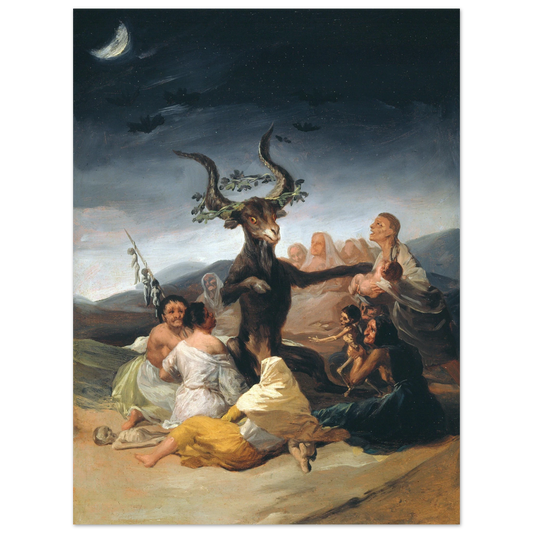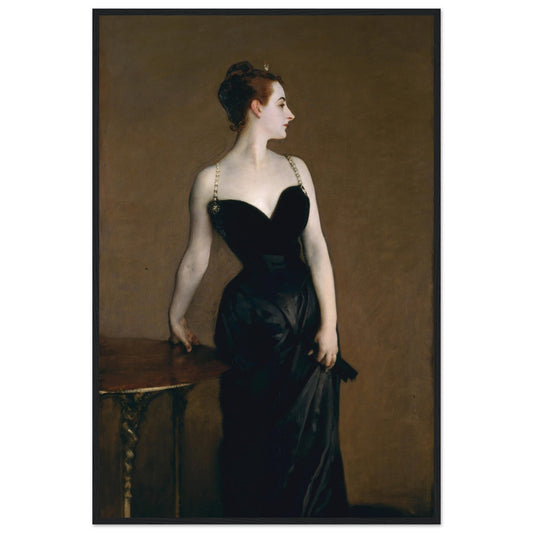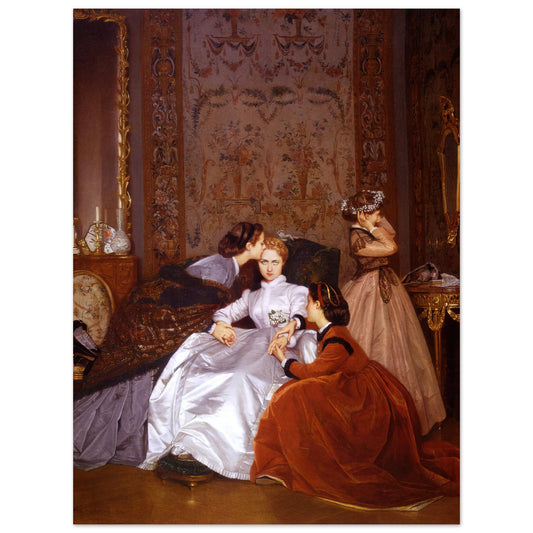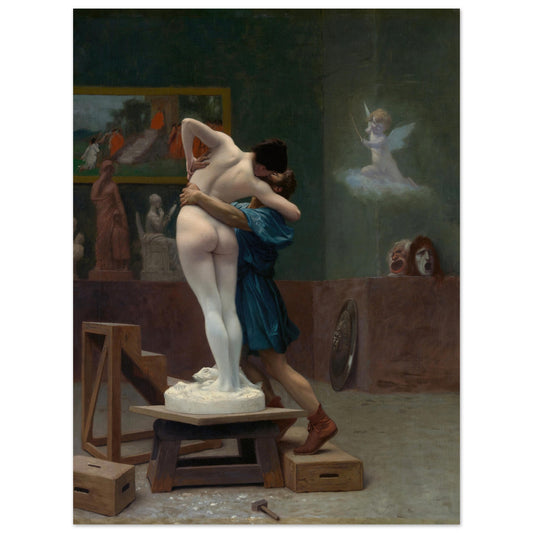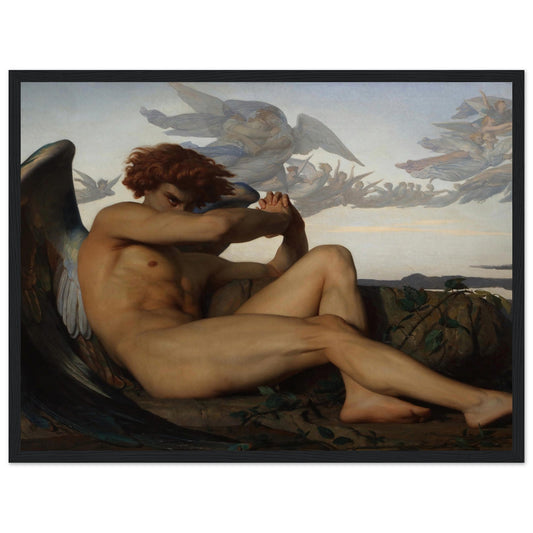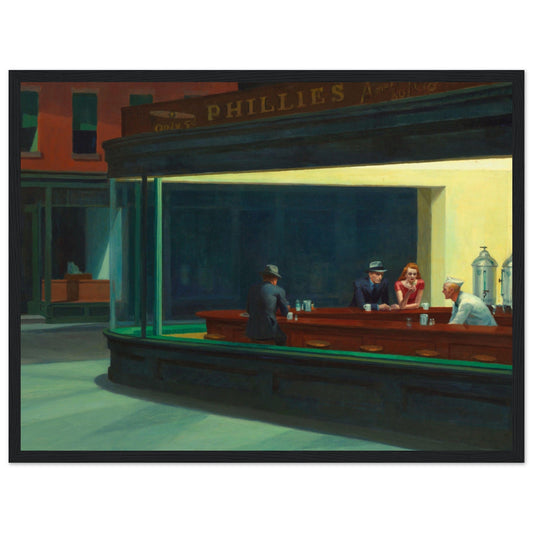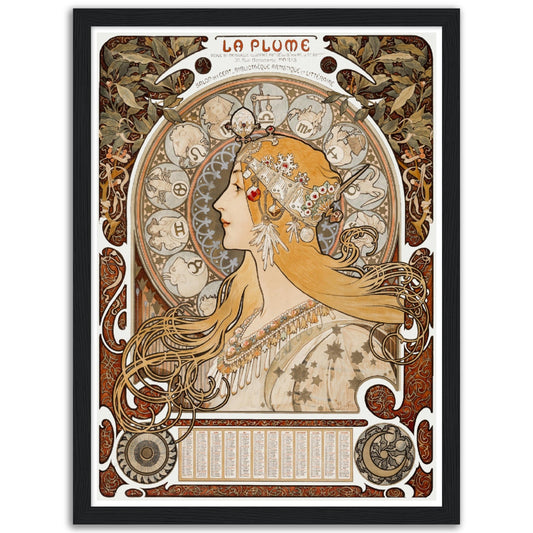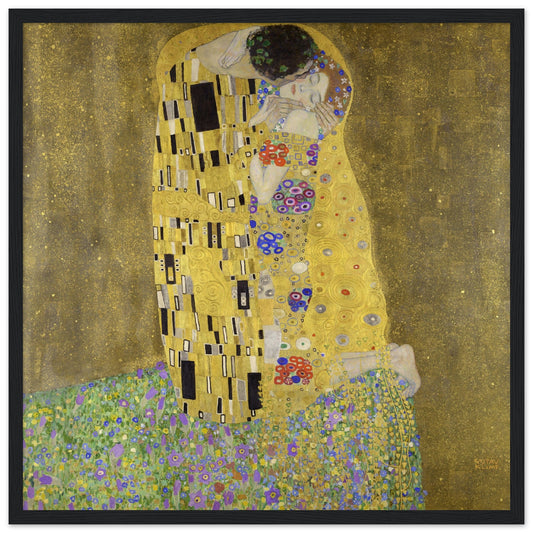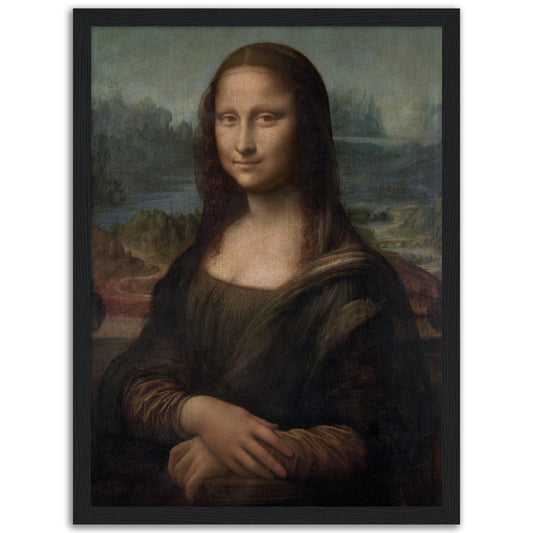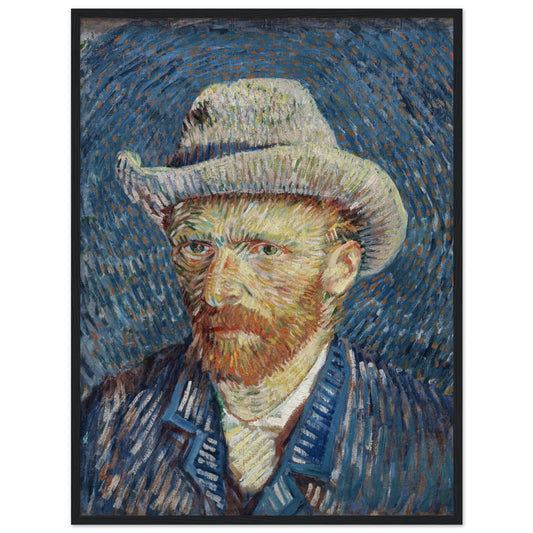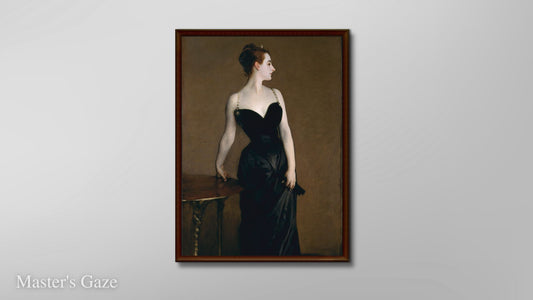This beautiful and simple portrait almost ruin an artist's career
This article delves into the painting's scandalous reception, its artistic brilliance, and the enduring legacy of both the artwork and its creator.
Painted in 1884 by John Singer Sargent, 'Madame X' is not just a portrait; it's a cultural bombshell that nearly destroyed Sargent’s reputation. But why?
Table of Contents
- Introduction: The Allure of "Madame X"
- The Artist: John Singer Sargent
- The Mysterious Madame: Virginie Amélie Avegno Gautreau
- The Scandal: A Portrait Too Provocative
- Artistic Elements: Sargent's Mastery
- Legacy and Influence: The Enduring Power of "Madame X"
- Conclusion: A Masterpiece Reconsidered
Introduction: The Allure of "Madame X"
In the dimly lit galleries of the Metropolitan Museum of Art, a portrait captures the gaze of visitors with its enigmatic elegance. This is "Madame X," painted by John Singer Sargent in 1884. At first glance, the painting exudes sophistication, but its creation was fraught with controversy that almost ended Sargent's career. The artwork tells a story of beauty, scandal, and resilience, reflecting the complex interplay between art and society.
The Artist: John Singer Sargent
John Singer Sargent was an American expatriate known for his exceptional skill in portraiture. Born in Florence in 1856, Sargent's talent was evident from a young age. He trained in Paris, honing his craft under the tutelage of masters like Carolus-Duran. By the early 1880s, Sargent had become a sought-after portrait artist, known for his ability to capture the essence of his subjects with remarkable clarity and style.

The Mysterious Madame: Virginie Amélie Avegno Gautreau
The woman immortalized as "Madame X" was Virginie Amélie Avegno Gautreau, a Parisian socialite of American descent. Known for her striking beauty and distinctive style, Gautreau was a prominent figure in Parisian high society. Sargent saw in her an ideal subject—a living sculpture who embodied the modern, cosmopolitan woman. However, Gautreau's allure was not just in her looks but in the aura of mystery she cultivated, making her the perfect muse for a portrait intended to astonish.

The Scandal: A Portrait Too Provocative
When "Madame X" was unveiled at the Paris Salon of 1884, it was met with shock and scandal. The original version of the painting featured Gautreau with a strap of her gown provocatively slipped off her shoulder. This detail, combined with her pale skin against the stark black dress, was considered scandalous. The public reaction was so negative that Sargent was compelled to alter the painting, repositioning the strap to sit more modestly on her shoulder. The controversy tarnished Gautreau's reputation and nearly ruined Sargent's career. However, in hindsight, it also immortalized the painting as a symbol of avant-garde art pushing societal boundaries.

Artistic Elements: Sargent's Mastery
"Madame X" showcases Sargent's masterful technique and understanding of light and form. The painting's composition draws the viewer's eye to the elongated figure of Gautreau, emphasizing her statuesque posture. The stark contrast between her pale skin and the dark background heightens the dramatic effect, while the subtle rendering of textures in the dress and jewelry demonstrates Sargent's attention to detail. The use of light and shadow not only creates a three-dimensional effect but also accentuates the subject's aloofness and grace.

Legacy and Influence: The Enduring Power of "Madame X"
Despite its initial reception, "Madame X" has become one of Sargent's most famous works and a pivotal piece in art history. It is celebrated for its boldness and the artist's willingness to challenge conventional standards of beauty and propriety. The painting influenced future generations of artists and remains a powerful statement on the complexities of identity and self-presentation. Today, it is a highlight of the Met's collection, admired for both its artistry and its storied past.
Conclusion: A Masterpiece Reconsidered
Over a century after its creation, "Madame X" continues to fascinate and inspire. What was once a scandalous portrayal has now been reinterpreted as a groundbreaking work that pushed the boundaries of portraiture. John Singer Sargent's "Madame X" is not just a portrait; it is a narrative woven with beauty, controversy, and artistic brilliance—a timeless masterpiece that remains as compelling today as it was in the 19th century.


